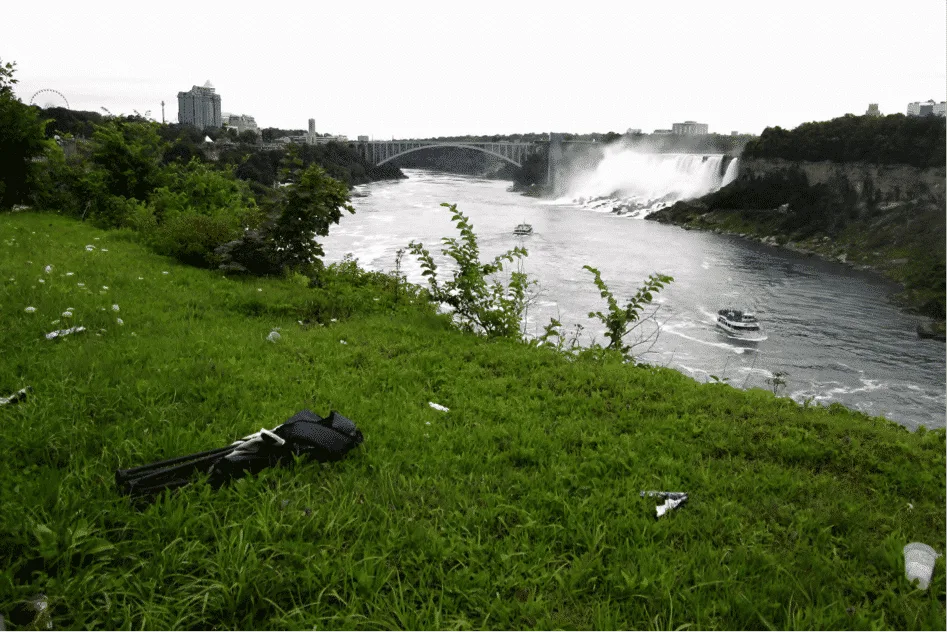Expert travel storyteller Jordan Adkins, founder of InspiredByMaps.com, brings a decade of adventures across 101 countries and 450+ UNESCO sites into rich, off-the-beaten-path narratives, melding ecological expertise with genuine, seasoned travel insights. His full bio can be found here.
Have you heard of the ‘Zero Waste’ movement? It is a movement to live without creating any waste by changing your lifestyle so that you are no longer relying on single-use items; particularly plastics, with the end goal of sending nothing to landfill.
Does that sound impossible? It’s actually not!
There is a whole worldwide community of people trying to reduce their impact on the environment by cutting down their consumption and reliability on single-use plastics. I am one of those people; I have been living low waste for just over a year now.
One of my favorite hobbies is camping and hiking before my transition to a zero-waste lifestyle there would always be squabbles amongst the group as to who has to carry the smelly bag of trash in their backpack. I don’t have that problem anymore, the only ‘trash’ that comes back home with me is food scraps to be composted. I initially found it difficult to disappear into the forest for several days without creating trash.
Isn’t that ironic?
The view towards the USA on the Canadian side of Niagara Falls. Certainly not zero waste travel!
One of the first things I noticed when traveling, especially in urban areas, is that traveling results in so much ‘stuff’. Travelling often accumulates a lot of waste; single-use plastics, stickers, tickets, receipts, individual use products and so on.
Here we are trying to carry everything we own on our backs or in our suitcases and yet we are constantly amassing items we don’t necessarily want or need.
Most of these items are used once and then tossed ‘away.’ But there is no away. Away usually means being buried in a landfill where it will last forever, contaminating the environment around it.
Or it ends up in the ocean, where it will (again) last forever or eventually over hundreds of years break down to small microplastics. Travelers often end up inadvertently trashing the very place they came to see – so there needs to be a movement towards zero waste tourism.
And I decided to help people who were wondering how to go zero waste with these zero waste travel tips.

Zero Waste Travel: How To Go Zero Waste While Travelling The World 🚯
The best option is to avoid this waste altogether, to avoid having to throw it ‘away’ or carry it around in your backpack. This is known as zero waste travel.
While some of these things are a lot harder to avoid as they are necessary, other single use plastics can very easily be avoided with a bit of preparation.
The easiest way to reduce your waste is to refuse.
Say no to unnecessary single-use plastic such as straws and plastic bags. This can easily be done by being prepared.


Essential items to reduce your waste and help you achieve a zero waste lifestyle, traveling or at home:
Reusable coffee cup, menstrual cup, bamboo toothbrush, mesh bag, reusable water bottle, and a jar full of snacks.
- Reusable water bottle: Refilling your own reusable travel water bottle with a filter will save on copious single use plastic bottles as well as money. Some countries are harder to find refill stations than others, if you do need to purchase water buy larger quantities rather than single sizes.
- Glass jar/reusable coffee cup/thermos: Use reusable cup or jar to buy takeaway drinks in such as coffee or juice. Useful to refill at water stations, purchase snacks straight in to and store food as well as any other bits and bobs.
- BYO Zero Waste utensils: By having your own reusable utensil set you can easily refuse single use plastic. Just be careful if you plan on taking you metal knife through carry on! Bamboo or hardy reusable plastic cutlery works too.
- Cloth napkin (hankies): Cloth napkins may seem like a strange item, but they are life savours for sticky situations. This is the travel sized version of the towel in The Hitchhiker’s Guide To The Galaxy. Single use paper napkins are made from trees and use a lot of energy to make for one use. Cloth napkins can be used to purchase snacks in directly, such as baked goods or sandwiches. They are also great for when you accidently leave the lid open on your water bottle…
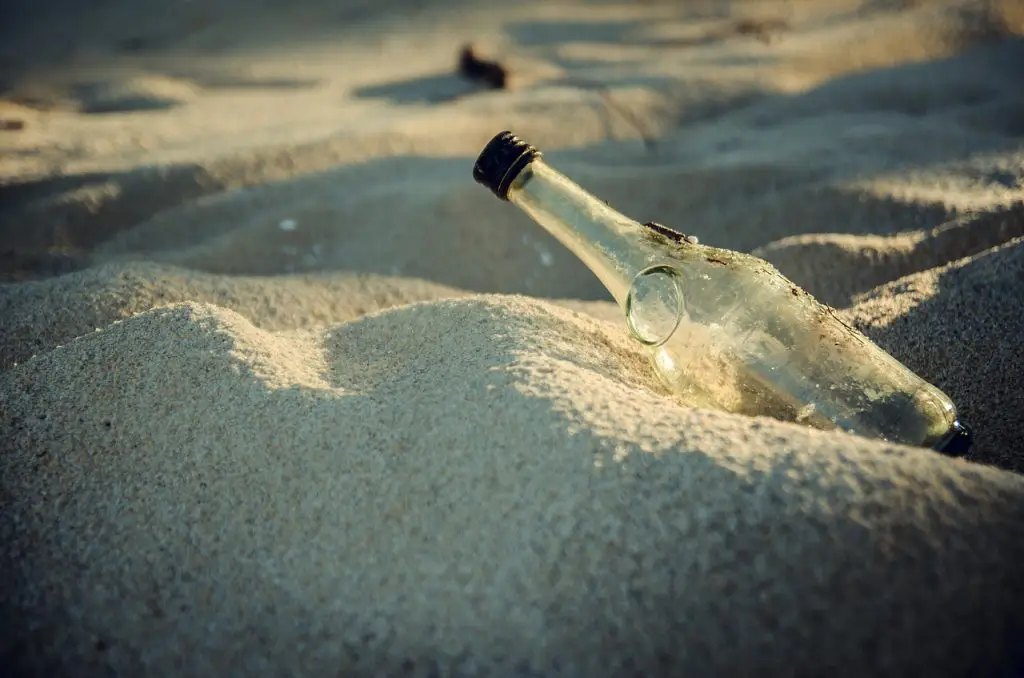
- Mesh or cloth bag: These are great for purchasing fruit, veggies and snacks in, as well as carrying and sorting items. You can easily use a cloth napkin instead if you don’t have any bags.
- Reusable shopping bag: A small reusable shopping bag that folds away will save you having to resort to plastic bags. These bags are always handy when travelling for carrying extra stuff or sorting packing.
- Menstrual cup: If you menstruate I would highly recommend getting a menstrual cup, these things are the best travel companions. This reusable cup will save you having to worry about tampons; you will never run out again and never be in an awkward situation where you have nowhere to dispose of your items.
- Soap & shampoo bars: Instead of buying liquid soaps and shampoos in plastic bottles or using the single sized ones at hotels bring your own bars. Bar soap is easier to travel with (I am speaking from a massive liquid soap leak experience here!) and last longer. Better yet, get a soap that doubles as both a shampoo and body wash.
Don’t panic; you don’t need to run out and buy all of new fancy ‘zero waste items’, if you are in to camping then you likely own a reusable cutlery set or picnic set.
Use what you have, reuse an old jam jar instead of a branded mason jar with a handle. If your jam jar doesn’t have a handle just use an old sock or a napkin to stop your fingers burning from hot drinks.
I already owned a lot of these items and most can easily be found in second hand shops, even if seeing their use takes a little zero waste inspiration.
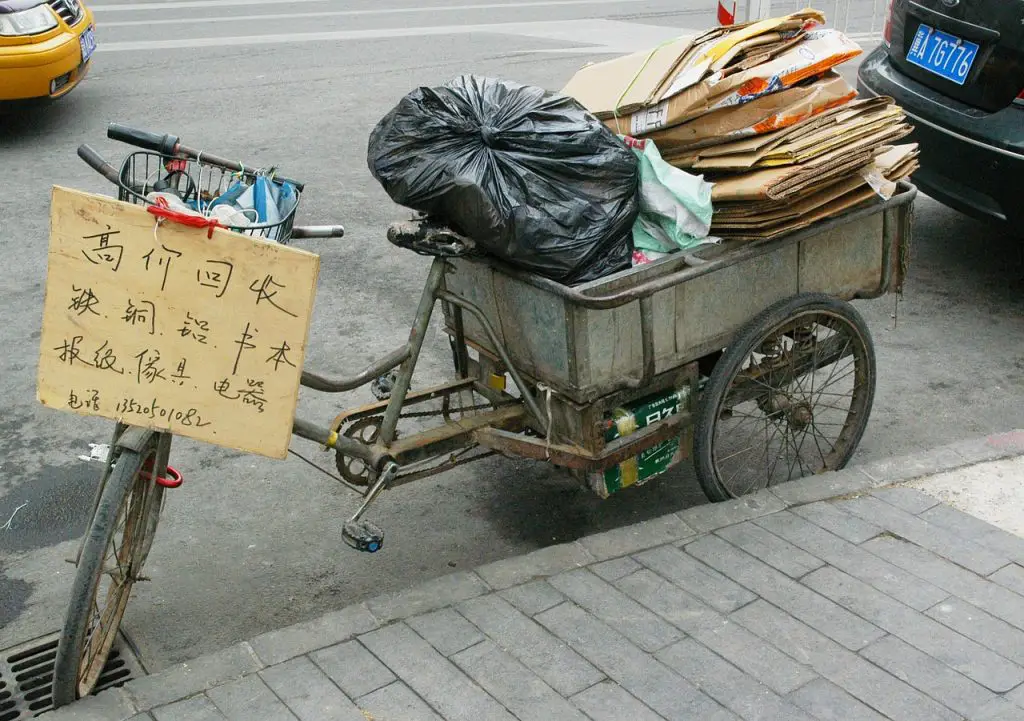
Travel lightly
I know this seems like an oxymoron, after I just said to be prepared, but a lot of the above items are light weight and have multiple uses (except for the menstrual cup!).
Travelling light is advantageous because you have less stuff to lug around making you more mobile. You don’t have to check in your luggage and therefore can avoid bag tags at the airport and waiting around for your gear.
By travelling with less you pack with intention and multi-purposely, that’s less time packing and more time adventuring. Having less stuff means there are less things to worry about forgetting every time you repack.

Travelling is about experiences.
When travelling eat in when you can, this way you avoid nasty single use plastic/Styrofoam and have time to enjoy the experience and observe your surroundings.
Don’t buy tacky souvenirs; most of these are made in another country and end up collecting dust years later. Spend your money on experiences or buy from local handicraft shops, this way you give back to the local economy.

If you are really dedicated to refusing all unnecessary waste and achieve zero waste tourism:
- Plane Food: If you have the option, choose the no meal option before your flight and pack your own snacks (make sure you eat everything before clearing customs). If you are eating on the plane eat the whole meal, even food that is not opened still gets thrown out. You can refuse the plastic cutlery and use your own (do not try to take metal knives on board though).
- Compost: See if you can find compost/food scrap collection points along the way of your travels to compost all of your food scraps. Contrary to popular belief, food scraps do not happily break down in a landfill like they do in compost heaps. Due to the anaerobic environment in landfills, the scraps break down slowly while releasing methane, a potent greenhouse gas.
- Use a bamboo toothbrush: Instead of using a plastic toothbrush switch to a compostable bamboo toothbrush. Make sure you remove the bristles before composting, these are usually nylon.
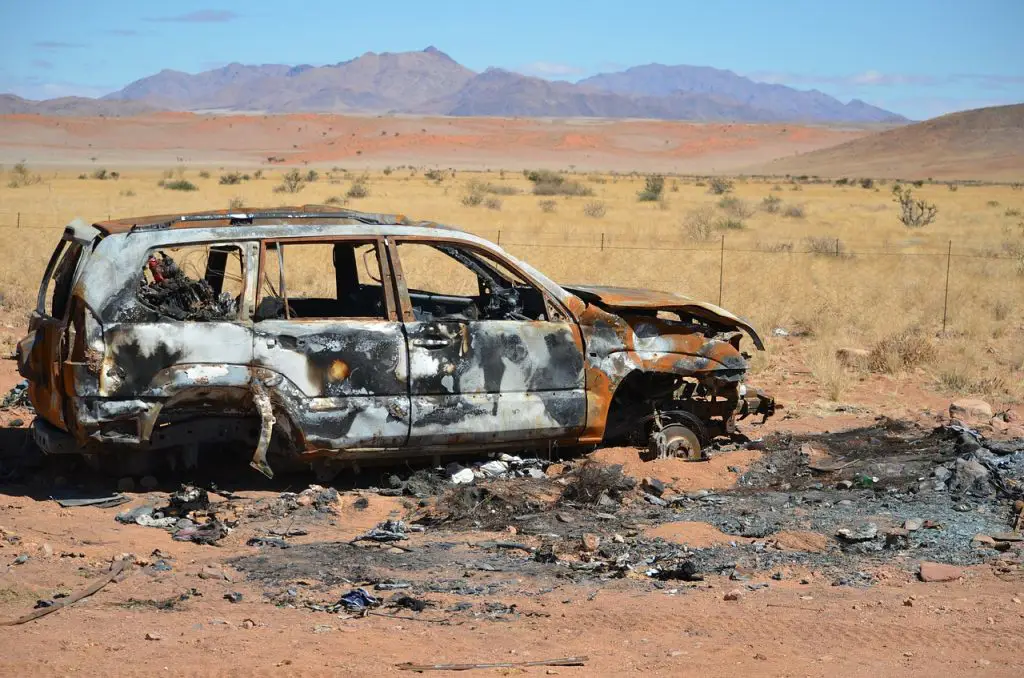
Is it possible to travel ‘sustainably?’
While most of us love travelling and experiencing new adventures, it can be hard to keep a clean conscious when you consider yourself to be an environmentalist.
You may have heard of carbon miles, which is the amount of Carbon Dioxide (CO2) emissions your chosen mode of transport emits into the atmosphere, thus contributing to greenhouse gases. I have seen many environmentalists having to explain themselves on their social media accounts, that ‘sorry, I know flying is bad for the environment and all, but unfortunately, it’s my only option.’
Living in New Zealand makes avoiding planes very difficult when it comes to leaving the country.
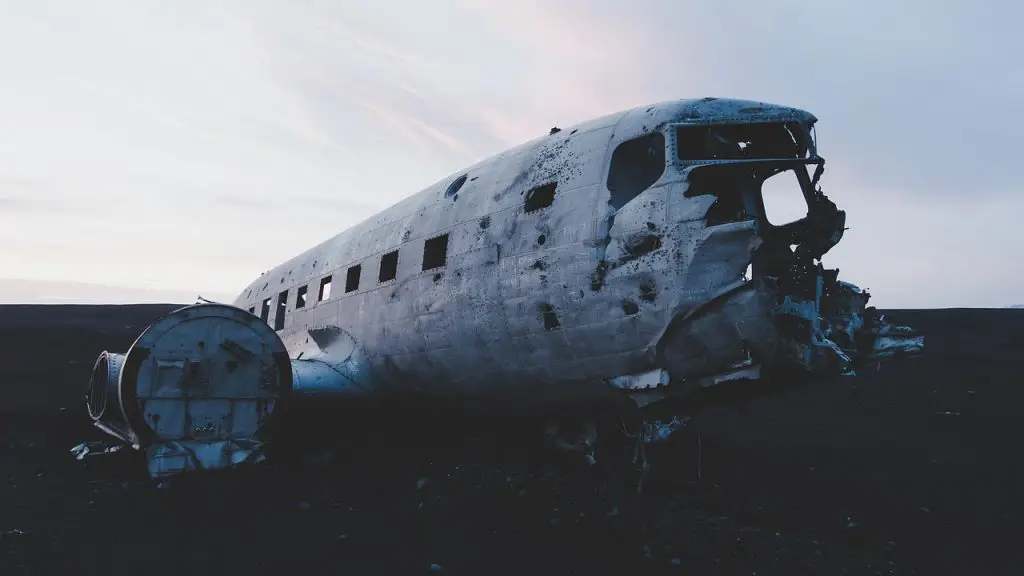
Fortunately, many airlines now offer an option to offset your journey by charging a price to pay for the equivalent number of trees to the carbon miles produced from your journey.
In some cases where the option to drive is available flying is the more efficient option due to the high number of passengers over the distance. Reducing your rubbish consumption can be a bit easier than minimising your carbon miles. There is a whole support network out there of people living zero waste (ZW), use their knowledge!
From my experience, many of ZW community are happy to meet likeminded people and help them out. Make use of the Bulk App (an app that shows you were local bulk food stores are) and the Zero Waste Bloggers Network.
Travelling provides many opportunities and experiences that we wouldn’t necessarily get to experience at home, it can sometimes takes us out of our comfort zone. When travelling it is about accepting what you are in control of, and understanding the part you are playing on the environment both locally and globally.

Inspired to zero waste travel? Follow these great zero waste bloggers:
- Rob Greenfield: He recently travelled USA in the most sustainable fashion possible, and no money.
- Zero Waste Home: Bea Johnson is the woman behind the movement, author of the blog and book Zero Waste Home. Bea does a fair bit of travelling to spread the zero waste movement.
- Girl For A Clean World: Monica blog about her plastic free sustainable travels around South East Asia
Guest post by Amanda in Waste-Free Land.
Amanda is an Environmentalist, Zero Waster and Tramper based in New Zealand. Feed up with all waste in the world she wants to make a change in the world and help others follow in her footsteps. She is currently blogging on her adventures and attempts to live waste-free in Auckland and afar.
Check out her blog here or follow her on Instagram!




